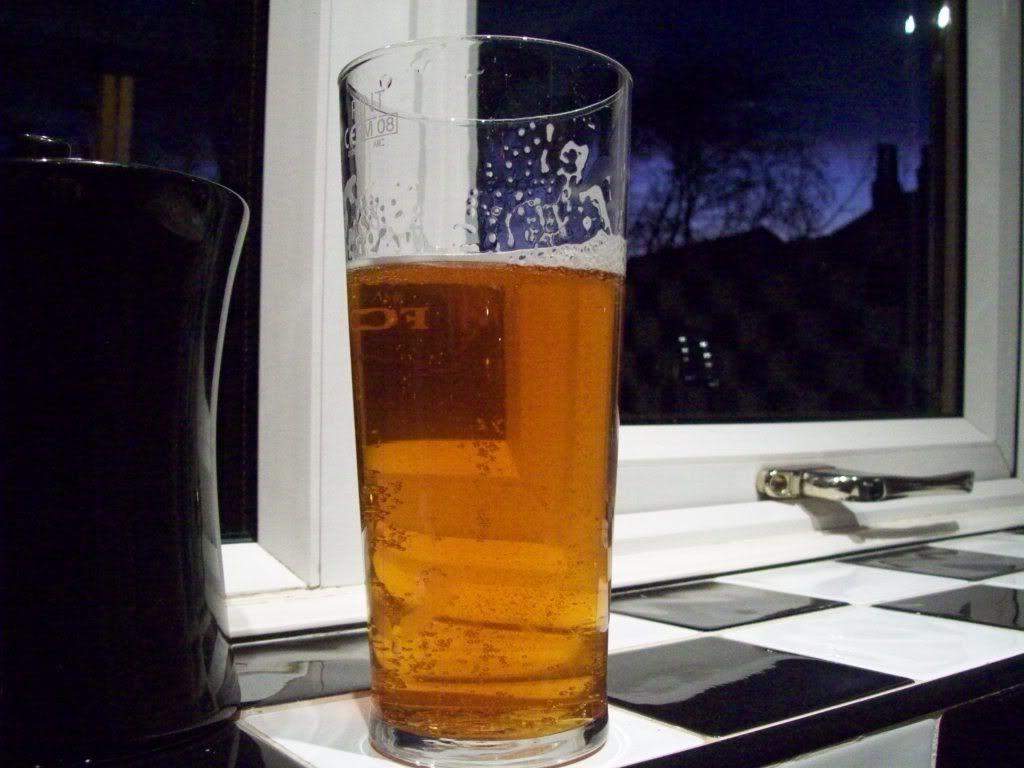First AG brew yesterday (see the other thread I started) and I wanted to ask for people's opinion on secondary fermentation and bottling. I've seen a few different opinions and not sure which is generally considered the best.
I've got "The Big Book of Brewing" by Dave Line, and in it he recommends fermenting the ale in the primary fermentation vessel for about 5 days before racking off into demijohns for a couple of weeks of secondary fermentation. He then says to add finings and leave for 48 hours, rack off again and then add a lager yeast solution (because he says bottom fermenting yeasts are superior to top fermenting yeasts for conditioning). After this he says to bottle as normal with priming sugar.
Anyway, what I've always done before with my kits is to bottle straight from my primary vessel without adding finings. This has meant my finished beer has been a bit cloudy, but taste-wise it's still been acceptable.
I was just wondering what people here think of Dave Line's approach and whether this gives any noticeable improvements? It seems like a lot of work if there's not much benefit (not to mention the added risk of introducing an infection somewhere along the line by constantly transferring your beer between vessels)... it'll also mean another trip to the homebrew shop to buy some lager yeast!
On a related note: if you fine your beer and then bottle it with priming sugar 48 hours later, is there enough yeast remaining in the beer to ferment the priming sugar in the bottle and condition the beer? Or do you need to add extra yeast at this stage like Dave Line recommends?
Thanks for all the help and sorry for pestering you all with all these questions. :
I've got "The Big Book of Brewing" by Dave Line, and in it he recommends fermenting the ale in the primary fermentation vessel for about 5 days before racking off into demijohns for a couple of weeks of secondary fermentation. He then says to add finings and leave for 48 hours, rack off again and then add a lager yeast solution (because he says bottom fermenting yeasts are superior to top fermenting yeasts for conditioning). After this he says to bottle as normal with priming sugar.
Anyway, what I've always done before with my kits is to bottle straight from my primary vessel without adding finings. This has meant my finished beer has been a bit cloudy, but taste-wise it's still been acceptable.
I was just wondering what people here think of Dave Line's approach and whether this gives any noticeable improvements? It seems like a lot of work if there's not much benefit (not to mention the added risk of introducing an infection somewhere along the line by constantly transferring your beer between vessels)... it'll also mean another trip to the homebrew shop to buy some lager yeast!
On a related note: if you fine your beer and then bottle it with priming sugar 48 hours later, is there enough yeast remaining in the beer to ferment the priming sugar in the bottle and condition the beer? Or do you need to add extra yeast at this stage like Dave Line recommends?
Thanks for all the help and sorry for pestering you all with all these questions. :










































